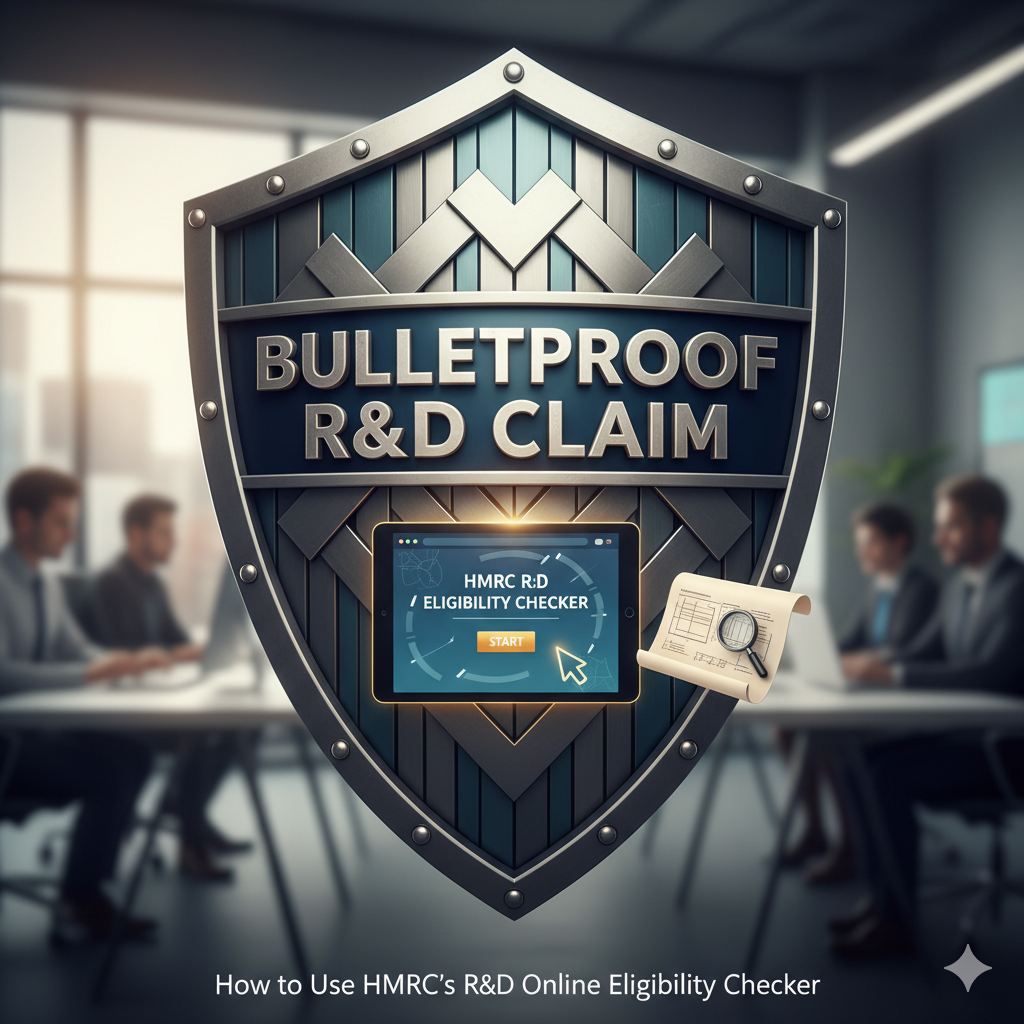Making Tax Digital – What we know so far
OnTheGo Accountants has recently participated in a webinar with both HMRC and FreeAgent to discuss Making Tax Digital, the first major phase in HMRC’s plans to fully digitise the UK’s tax system.
We have put together a simple summary below to highlight the information you need to know:
When will MTD be implemented?
The mandatory MTD VAT service will begin from your first VAT period starting on or after the 1st April 2019.
Who will be affected by MTD?
All businesses with a vatable turnover above the VAT threshold of £85,000 (2018/19) will need to apply the new MTD rules from 1st April 19. They will need to continue do so until they deregister from VAT.
However, if you voluntarily registered for VAT and your taxable turnover remains below £85,000, you are not required to follow the MTD rules.
How will MTD work?
All businesses subject to the new MTD rules will need to store their records digitally and submit their returns through an MTD compliant software. The accounting system used to store your records must be API enabled – this technology will allow your software to communicate with HMRC.
Not sure if your software meets the criteria? Check out HMRC’s list of MTD compliant software.
How OnTheGo Accountants can assist with the new changes?
OnTheGo Accountants work with FreeAgent, Quickbooks and Xero who are all fully compliant for the MTD submissions.
If you’re worried that you’re not ready, give us a call today! 03330 067 123





